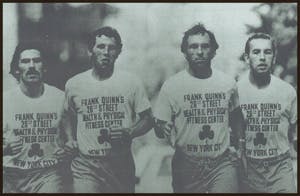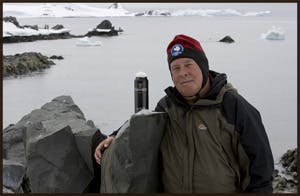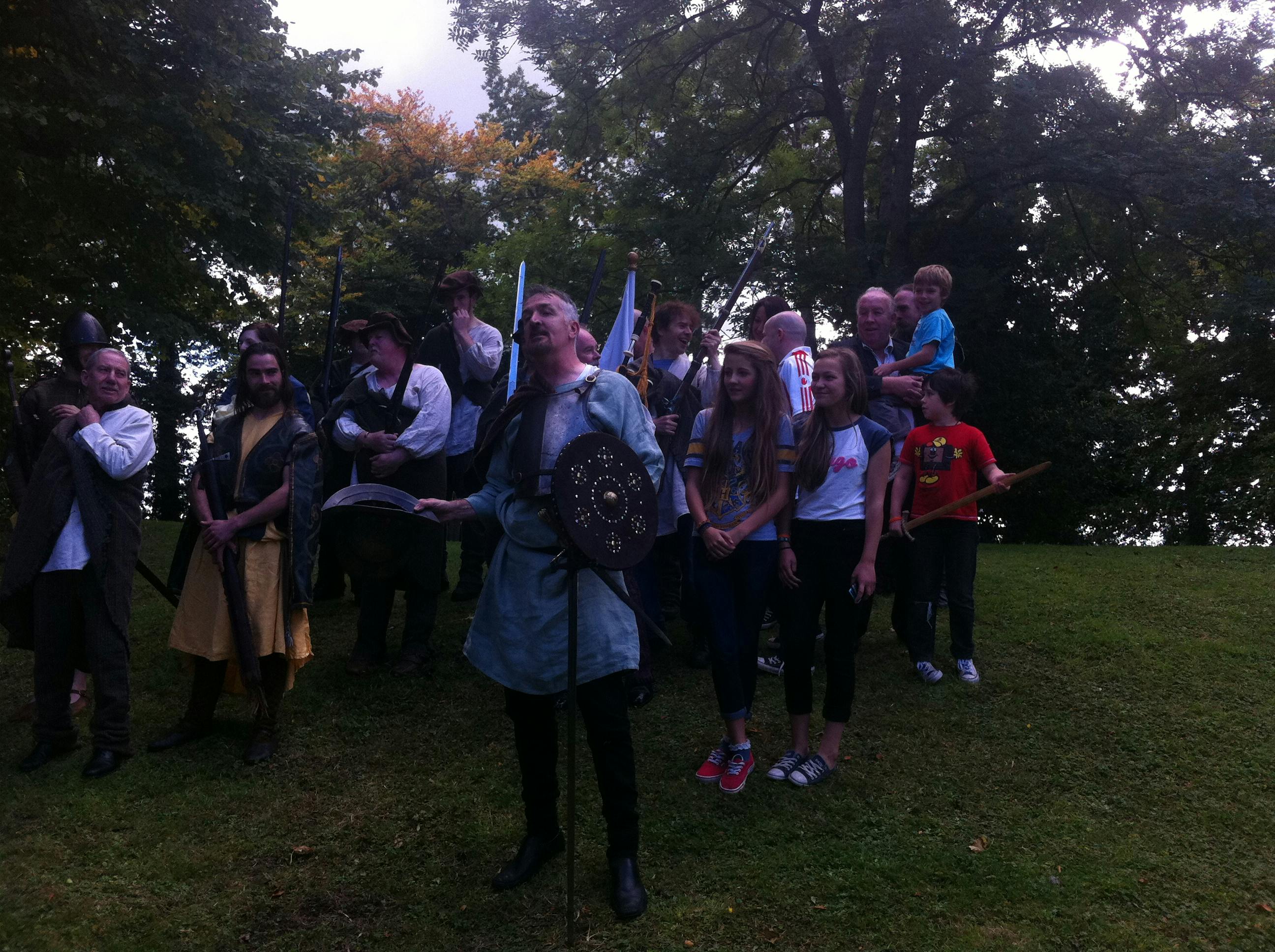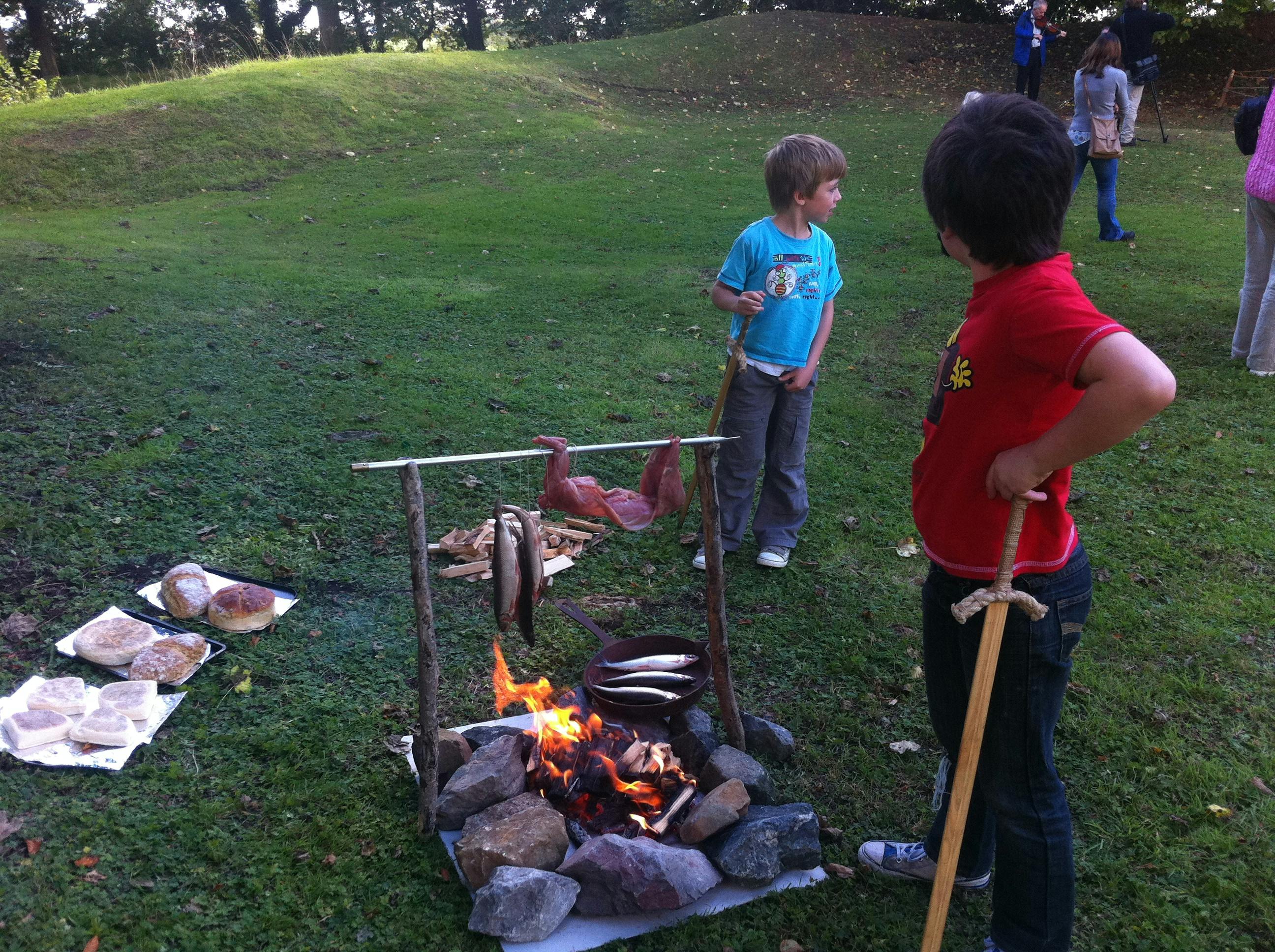Quinn Family


The Tyrone Quinn’s (O Coinne/O’Quinn/Quin/Conney/Quinney (Meaning Counsel) – Progenitor = Coinne Mac Coelbad) are etched in Irish history, they originated in Inishowen and then moved north-wards where they did join with the ancient O’Neill Clan and served as Quartermasters in O’Neill’s many famous battles.
The Quinn name is associated with all that is good about Irish History, Culture and Tradition. The Quinn name is associated with great entrepreneurs, scholars, writers, poets, sportsmen/women and so much more.
The motto of the Quinn family is “Quod Sursum Volo Videre” translated “I wish to see things which are above”.
Frank and Michael Quinn are the owners of the Lansdowne Hotel.
Left to right are Sean Quinn, Brian Quinn, Frank Quinn and Michael Quinn in the 1980 New York City Marathon.
They are the first 4 brothers in the world ever to run a 26mile 385 yard marathon.
Lansdowne Hotel Frank Quinn is the first and only hotelier in the world to traverse the Island of South Georgia, Antarctica (The Crean Shackleton route).


Quinn Gathering 2013
On the 13th 14th and 15th September 2013 the Official Quinn Clan Gathering took place in County Tyrone. The location for this historical and cultural event was Pomeroy.
Quinn-Family-Gathering-2013
Quinn Gathering Review
Michael Quinn: Short review of the Quinn Gathering 2013
The Quinn Gathering in Pomeroy 13-15th Sept was very well attended. The lectures by Diarmuid O’Doibhlin, Peter Smith and Louis Quinn on the genealogy of The Quinn Clan were very much enjoyed. Included in the weekend was a fantastic tour of Tullyhogue Fort, the ancestral seat of The O’Neills, Quinns and O’Hagan Clans. Go Raibh Mile Maith Agat. Michael Quinn.
Lansdowne Hotel
Quinn Family Motto
Properly “Quin” in Irish is “O’Cuinn” from the personalized name “Conn”. It is the most numerous surname in Co. Tyrone but also found in Co. Antrim Co. Clare and Co Longford. Sometimes in Ulster the name was “O’Coinne”. When the old Gaelic order was weakened by Anglisation the letter “O” was in many cases dropped and the name went to Quin or Quinn. As with other names rooted in a Gaelic past there are numerous cases when Protestants think that dropping the last “N” from the name somehow makes it Protestant or in some cases Catholics drop off the “N” and think that it makes it more Catholic. This idea is also used for names such as Kane from O’Kane, Neill from O’Neill and so forth.
The O’Quins were a sept of the old O’Neills and O’Cathans. As Tyrone and its surroundings were the lands of the O’Neills and the O’Quins were a sept of the O’Neills then this is really why there are so many Quinns still in the area.
The motto of the Quinn family is “Quod Sursum Volo Videre” translated “I wish to see things which are above”.
Quinn Family History
A short history of the Quinn family resident at Cnocknaskinna Beaghmore Cookstown Co. Tyrone Ireland circa 1795-until the present with family tree information from 1725 some 270 years. Some bits and pieces of information on local places and people who have influenced the area and thus the people who lived there throughout the centuries are also included.
It cannot be stressed enough that in order that the psyche of the people of this area especially the original Catholic Irish is understood it is essential to have a good understanding of the political and social upheaval of the area circa 1600 onwards after the fall of the O’Neills.
Irish History
I have included some notes on this upheaval and Plantation to give a basic understanding of its circumstances and effect both materially and psychologically on the dispossessed lowland Catholic farmers who had to seek their existence on the inhospitable slopes and high ground of the Sperrins. The effect of the Williamite wars and the Plantation is still with us some 455 years after it happened. The is the core problem of the “Northern Ireland Problem”. For the purist “The Plantation” in particular is mostly referred to as the “Plantation of Ulster” and this applies in particular to the lands between the Foyle and the Roe. The former Co. Coleraine afterwards referred to as Co. Londonderry after the old city was taken over by the Trades Guilds of London the Drapers Vintners etc. the town of Coleraine losing its importance.
One should also note that Scotland and indeed Wales were also “planted” but the effect was not as reactive as the religion of the planted and planter was generally the same after the Reformation. The fact that the “native Irish” were Catholic was a key difference causing great problems even to this day. The modern Highland estates of the gentry in Scotland had their populations “cleared” as recently as the late 19th century. Many made their way like the Irish to Canada and Australia.
Be aware that there were also other “Plantations” of parts of Ireland at other times. Also be aware that in the years circa 1795 major displacements of peoples also took place due to civil strife due to religious differences of people i.e. Catholic and Protestant basically the native Catholic Irish and the descendants of the Plantation Protestant settlers from circa 1600 onwards. The latter displacement we have a very good record of in the following pages. So be aware when reading this history of the major influx of plantation settlers from 1600 onwards and the land seizure from the native Catholic Irish and after a period of Catholic rebellion in 1641 against Plantation there was a “reasonably” settled time between planter and native farmers roughly between 1650 and 1690.There were major conflicts between them again circa 1795 after the Williamite Wars circa 1690 onwards with the formation of the Orange order in 1795.
In a project such as this it is most important that the person assimilating the information does it with tact and consideration. We are of course all “prisoners of our history” warts and all but one has to be aware of people’s feelings at all times. This I have tried to do at all times. I have also tried to strike a balance between what is of interest to present and perhaps to future generations. I have also interwoven some facts and points of interest about Co. Tyrone and the environs of Beaghmore in particular to add interest and perhaps make the reader see just what a cockpit of history they are living in.
Quinn Family Research
This is simply a start of a history. It would be nice if perhaps a younger member of the extended Quinn family were to take this information and progress further. It is interesting and very educational. When one looks at this tree one can simply look to see aunt’s uncle’s grandfathers, which is fine. However if the tree is looked at in more depth one sees that it is a history from circa 1725 until 1995 a considerable time span in Irish and world history. It basically starts shortly after the battle of the Boyne in 1690 with all its implications for the Catholic Irish. One could do a project on many aspects using this short history as a framework. It would be interesting to look at the O’Neill chieftains in the early 17th century and at the same time know that one’s old kith and kin were in the midst of all the events. These were major events in Irish history because the fall of the O’Neills was where Irish history changed forever. One could look at Beaghmore and do a project on Neolithic or Stone Age man and know that Jack Quinn (1995) actually owns sites where the artefacts of such people are still around. There are numerous potential projects. The younger members of the extended Quinn family have source material that would be a researchers dream.
